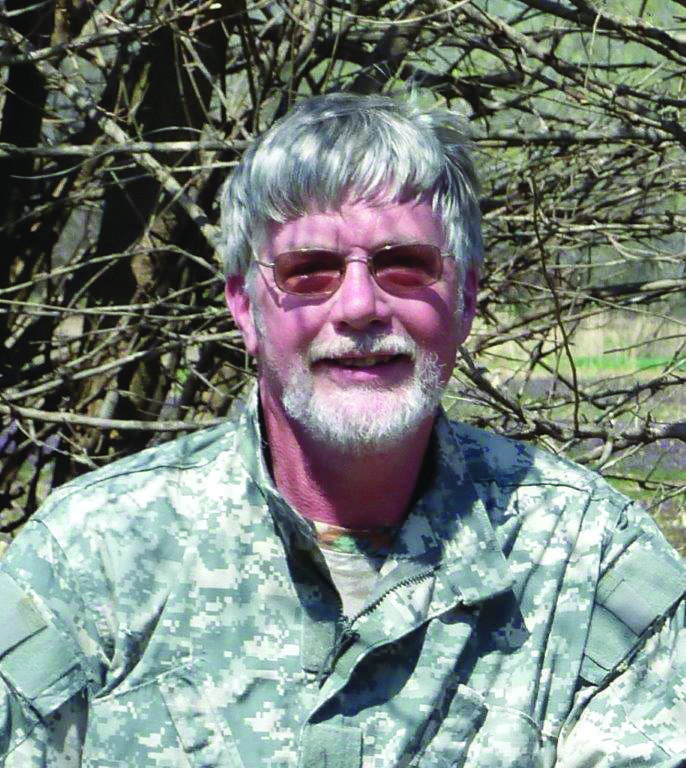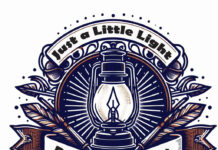By Ron Wilson, director of the Huck Boyd National Institute for Rural Development at Kansas State University.
A group of Australians is visiting the U.S. They will likely tour various U.S. landmarks and tourist locations, but one of their stops is at a rural location on the High Plains of Kansas. Why? The answer is that they are not just touring, they are geocaching. Geocaching has become a worldwide practice. One of the very first geocache locations was in rural Kansas.
Ryan Semmel is the person who told me about geocaching. Ryan is a military retiree, having served around the U.S. and overseas. He was stationed at Fort Leavenworth and then in Germany before coming to Kansas again. After serving at Fort Riley, he retired in Manhattan. “We love it here,” Ryan said.
“I’ve always liked adventure,” Ryan said. While serving previously at Fort Leavenworth, he heard about an outdoor scavenger hunt in Missouri. “I did it with one of my soldiers,” Ryan said. “It was so much fun that another soldier gave me a brochure about geocaching.” When he was subsequently stationed in Germany, Ryan did geocaching with his family.
“Geocaching is like a worldwide scavenger hunt using GPS technology to find canisters placed by other enthusiasts,” Ryan said. It has also been described as “an outdoor adventure where players use a free mobile app or a GPS device to find cleverly hidden containers around the world.”
This all began in 2000 when the government made global position system technology available to the public.
“A gentleman in Oregon was wondering how accurate these GPS readings were,” Ryan said. “He put a five-gallon bucket in the middle of the woods, posted the GPS coordinates on a message board, and asked if anybody could find it. A couple of guys did, and more people started putting out containers with coordinates for people to find.”
It was a lot of fun to explore and find these sites with geographically dispersed containers, called geocaches. However, it was difficult to scour the message boards to learn about the caches. In September 2000, three guys in Seattle thought of creating a central website where geocache locations could be registered, posted, and shared. That was the beginning of www.geocaching.com.
The website creators listed the first geocaches. One of those was the seventh official geocache of all time, and the first in Kansas, located in the High Plains. It is southeast of Colby near the rural community of Mingo, an unincorporated settlement with a population of perhaps 25 people. Now, that’s rural.
How does geocaching work? First of all, someone creates a geocache which consists of a waterproof container with a logbook and possibly more inside. They hide the geocache in a specific location, post the information online and leave it for explorers to find. When a geocache is found, the finders can sign the logbook and post their experience on the geocaching.com website.
The container itself might be a pillbox or bucket or tub, for example. Some geocaches contain trinkets which the finder can take and swap. “We call it SWAG,” Ryan said: “Stuff We All Got.”
“The only rule is, if you take something out, you have to put something back,” Ryan said. “I tell people to use old Happy Meal toys or something inexpensive from Dollar General.”
The geocaches are always put back for the next geocacher to find, and they are not buried. They are not to be placed on private land without the landowner’s permission.
The practice of geocaching has grown. There are approximately 3 million active geocachers worldwide, with more than 830,000 of those in the U.S. An estimated 2.8 million geocaches are now located in more than 180 countries. Ryan Semmel enjoys meeting these geocachers from all over.
A group of Australians is visiting the U.S., including a visit to Kansas to find our state’s original geocache. We commend Ryan Semmel and all those who are making a difference with this method of combining modern satellite technology with the timeless value of the great outdoors.
And there’s more. Geocaching is bringing a major event to Kansas in 2017. We’ll learn about that next week.
Audio and text files of Kansas Profiles are available at http://www.kansasprofile.com. For more information about the Huck Boyd Institute, interested persons can visit http://www.huckboydinstitute.org.
Ron Wilson – 785-532-7690 or rwilson@ksu.edu
K-State Research & Extension News





